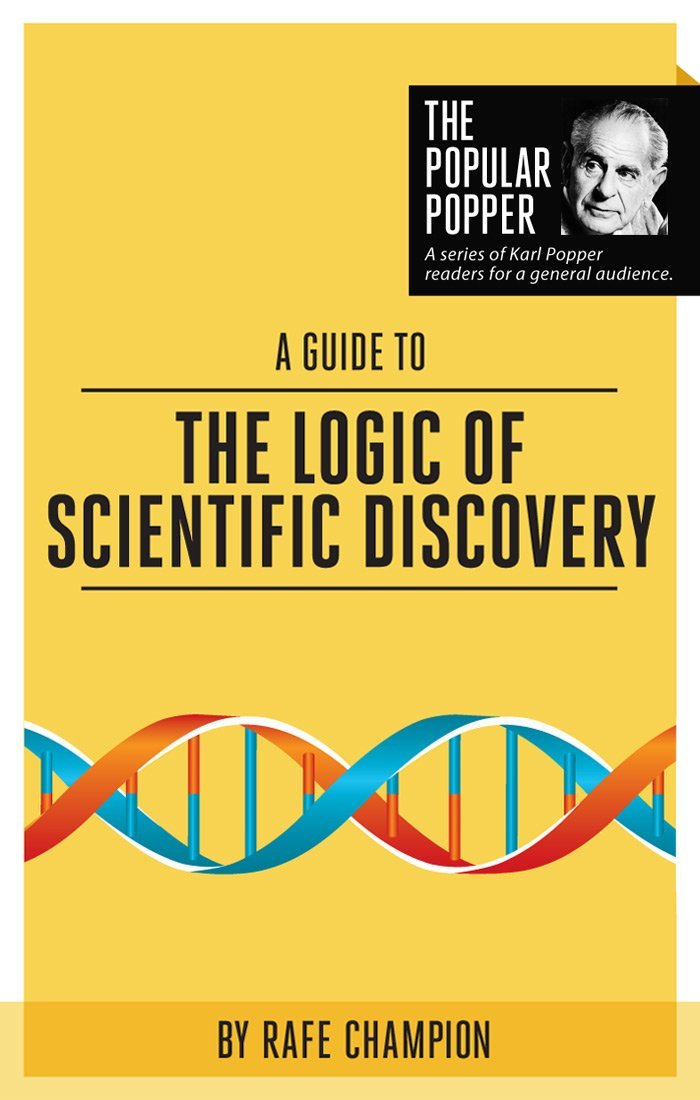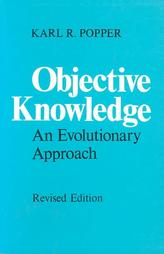One of the themes which I developed some years ago concerned the way ideas take hold and exert an influence on our thoughts and our research projects which is very hard to identify, to subject to critical appraisal and to change. I used the term “railway lines of thought” to capture the image of a vehicle that has to stay “on track” more or less regardless of the wishes of the passengers.
The late Liam Hudson dropped onto the same theme in his wonderful book The Cult of the Fact and he gave me permission to reproduce several chapters on my web site. This material is now an appendix to the collection “Jacques Barzun and Others“. I urge you to read it!
Here is the Preamble to convey the flavor.
This is a book about professional psychologists and the visions they pursue. It expresses a growing dissatisfaction with the self-consciously scientific psychology in which I myself was trained – an activity that, increasingly over the last ten years, has taken on the air of a masquerade. It has been written in the hope that, somewhere behind the paraphernalia of false science and apparent objectivity, there lies the possibility of a more genuinely dispassionate study of human nature and human action.
Such a book is bound to some extent to be autobiographical; and it is bound also to concern itself not simply with the ‘facts’, but with the unspoken assumptions that we all use when deciding which facts are interesting, and which trivial, a bore…One must question not so much what university teachers think they teach, nor what students think they are learning, but the more subterranean traffic in ideals and prejudices that all powerful teaching institutions create, and that governs thereafter the intellectual lives their products lead.
In attempting this, I have set myself to transgress certain barriers that at present hem in academic discussion, and render much of it inconsequential. Each of these barriers takes the form of a distinction, persuasive but false. The first is that between Science and Art: my belief, unfashionable though this may still be, is that all arguments bearing on human life deserve to be heard within the same arena of debate. The second is between the Serious and the Frivolous: we are moving, if the tastes of the student body are any guide, from an era in which wit, like Art, has been seen as an irrelevant frill, into one – at once gloomier and more Teutonic – in which wit is outlawed as an affront to moral rectitude. The systematic, technical and cheerless are automatically preferred to the literate and humane. Although this new Calvinism satisfies simple psychic needs, I have written in defiance of it – also on the chance that the tide of piety is one that can still be turned.
Lying behind these false distinctions, and serving to unite them, is a further and more general distinction, itself false: that between Style and Content. In the entrenched sciences, it is possible to transmit the truth in prose that is as crabbed as it is evasive. But where foundations are shakier, style not merely limits what we find it natural to express; it is, in important respects, the very essence of that expression. For it is through our style, our mode of address, that we transmit all those messages that lie beyond the literal meaning of our utterance. And it is precisely on such ‘meta-messages’ that the focus of this book lies.
My account begins, conventionally, with the circumstances of its own conception. Also, less conventionally, with a foray into literary criticism, and into the history of a particular myth. This may seem at first sight irrelevant, a diversion. But if I have judged matters aright, this brief literary exploration heralds my main theme – Myths, Ancient and Modern – and also serves to identify the metaphorical nature of its own motive force: the spring that moves the mechanism along. My assumption is that human thought, before it is squeezed into its Sunday best, for purposes of publication, is a nebulous and intuitive affair: in place of logic there brews a stew of hunch and partial insight, half submerged. And although we accept that our minds’ products must eventually be judged by the puritan rules of evidence and insight – the strait gate through which they must pass – we seem in practice to draw what inspiration we possess from a hidden stockpile of images, metaphors and echoes, ancient in origin, but fertile and still growing. This work is no exception. Its energy is drawn from a clutch of human sentiments that, over and again down the centuries, have found expression in potent, metaphoric form. What these sentiments are, and what their relation is to a putative science of human life, should with luck become clearer as the narrative progresses.
To begin with, though, the story is simple enough – in fact, it has about it the beguiling air of a fable. In it, the intrepid young psychologist is packed off by his mentors across the deserts of ignorance and superstition. In mid-journey, with rations running low and a dead-line approaching, this outrider of the rational order is set upon – or so it seems – by the agents of unreason. Bloodlessly, as on the silver screen, his assailants tumble to the ground. But the dead will not lie still. They dust themselves down, and demand to be heard. Our hero finds that parley he must, and around the camp-fire all wax philosophical.






